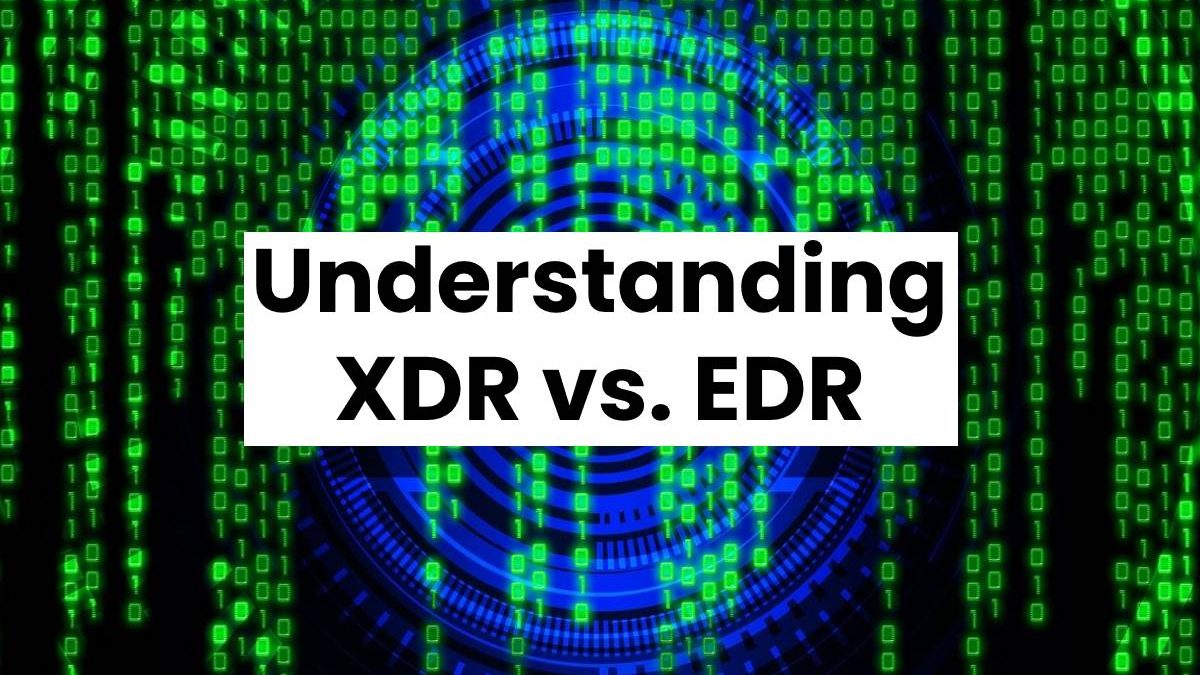Understanding XDR vs EDR
Network security is a must for enterprises. It has simply become too important to ignore any longer. Organizations looking to build a network security suite have possibly come across XDR and EDR. Here’s how you can understand XDR versus EDR, and why these are important for businesses today.
What Is EDR?
Endpoint Detection and Response (EDR) has become part of the standard cannon of enterprise network security in today’s world. When thinking about EDR, it’s essential to comprehend what the term actually means. The first part of this is understanding “endpoints.”
While not the most glamorous term, endpoints are devices that are the point where the network meets the physical world. These can be laptops, smartphones, routers, or anything else that connects to the enterprise network. It’s important to secure these for a few reasons.
First, endpoints are some of the greatest sources of vulnerabilities for enterprises today. Think about all the different devices that are connecting to your networks on a daily basis. Some of these can be accounted for, as they’re bought and maintained internally be the organization. But this isn’t the case with everything. Especially now, with people working remotely, as well as more employees connecting to enterprise networks with personal devices when in the office, endpoints are a major attack surface that’s made more vulnerable due to lack of control.
EDR is designed to monitor and isolate endpoints that are behaving oddly, as this can be an early sign of infection. Having EDR present can help stop breaches before they become too serious.
What Is XDR?
While there’s clear value to EDR, it’s not a comprehensive solution to network security by any means. Extended Detection Response (XDR) is designed to take things a step further. Essentially, XDR security takes all the benefits of EDR, but adds in some even more powerful ways of keeping your networks breach-free.
One thing to note about XDR is that it’s going to work much better, and give you more comprehensive threat protection, when paired with the right network tools. For instance, a software-defined wide-area network (SD-WAN) is the perfect infrastructure tool to be complimented by XDR. By laying a virtual network layer over your physical network architecture via SD-WAN, XDR is able to do a far more thorough job of keeping your networks secure. The next section will cover some of the specifics of how XDR does this when run over a virtual overlay like SD-WAN.
How Is XDR Improving Network Security?
As already mentioned, the ultimate purpose of XDR is to provide enterprises with more comprehensive threat prevention, detection, and response. There are a few ways XDR helps facilitate this for organizations:
- Advanced threat detection and response – It’s important to not that not all cyber threats are equal. Advanced threats, for instance, are specifically targeted for a particular organization, which makes them more vicious and harder to uncover. By deploying these added tools, enterprises can identify and stop threats far sooner.
- Invest in security to save time, money, and reputation – It’s no secret cyber attacks are costly. The average bill in the U.S. runs at well over $8 million, and can go undetected for 280 days on average. Deploying XDR can lead to massive savings on security costs, but even larger savings in the event of a breach, as they’re likely to be contained much sooner.
- Use your network to your advantage – The advent of SD-WAN is great for improving network functionality. Combined with XDR, however, it also becomes a reinforcing self-defense method. Due to its digital overlay, SD-WAN can become a sort of all-encompassing network surveillance tool. Having constant access to use data means irregularities can be found and remedied faster than ever.
- Have someone watching your back – You can’t afford to skimp on network protection in today’s world. This is why having managed XDR services makes sense for organizations that want to truly safeguard their data.
Furthermore, XDR is typically designed to provide all these benefits on top of what’s already offered by standard EDR. When all this is taken into consideration, it makes perfect sense why XDR is a powerful tool for enterprises today.
Related posts
Sidebar
Recent Posts
The Best Forex Brokers for Beginners
Since COVID-19 first popped up, interest in the forex market has increased dramatically. Knowing how to get involved with minimal…
Maximizing Success: The Symbiosis of Dedicated Software Development Teams and Product Design Services
The Symbiosis of Dedicated Software Development Teams and Product Design Services In the rapidly evolving landscape of technology, businesses aiming…



